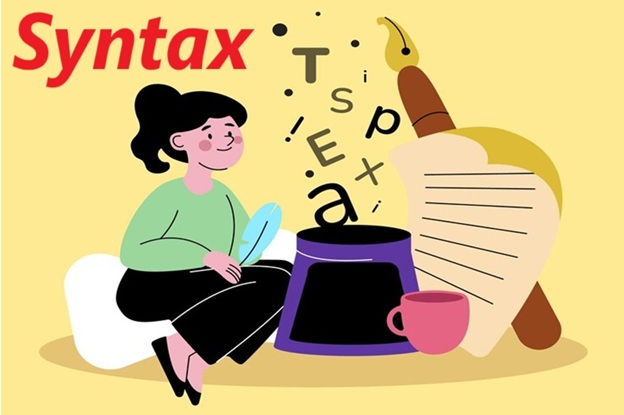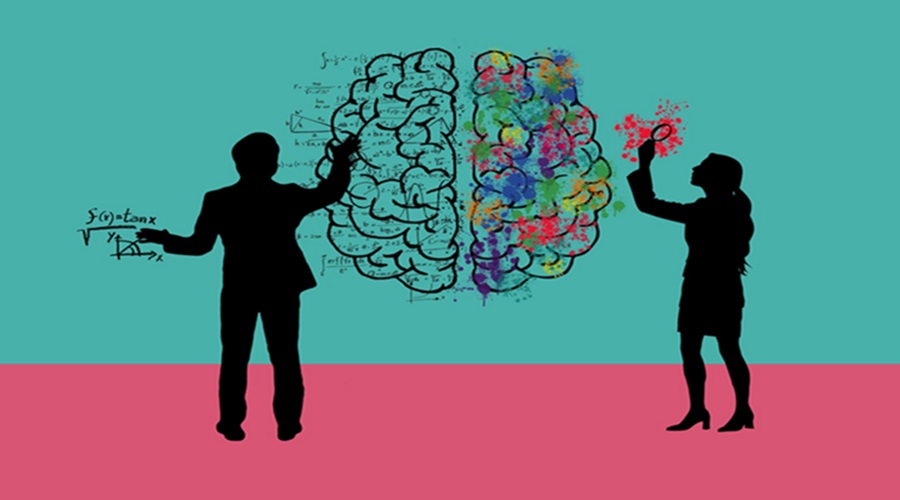Author: chakir.mahjoubi
Semantic Analysis: Bridging the Gap Between Syntax and Meaning

Abstract: Semantic analysis, a crucial phase in the compilation process, bridges the gap between the syntactically correct structure defined by the parser and the actual meaning intended by the programme. It goes beyond simply verifying the structural correctness of the code; it focuses on ensuring that the code is logically sound, consistent, and adheres to…
Syntax Analysis: The Gatekeeper of Meaning in Programming Languages

Abstract: Syntax analysis, often referred to as parsing, is a critical stage in the compilation or interpretation of a programming language. It follows lexical analysis and precedes semantic analysis. Syntax analysis takes a stream of tokens generated by the lexical analyzer as input and constructs a parse tree representing the grammatical structure of the program.…
Major Key Areas of Natural Language Processing

Natural Language Processing (NLP) is a subfield of artificial intelligence (AI) that focuses on the interaction between computers and human language. It involves the development of algorithms and models that enable machines to understand, interpret, and generate human language. This technology has become increasingly important in recent years, with applications ranging from virtual assistants and…
Terminology Databases: A Cornerstone of Global Communication

Abstract: In an increasingly interconnected world, effective communication across linguistic and cultural barriers is paramount. a deeper understanding of terminology, the body of specialized terms used in specific fields, is crucial for facilitating accurate and efficient communication across linguistic and cultural boundaries; Moreover, multilingual Terminology Databases (MTDBs) play a crucial role in facilitating this communication by…
Language Translation

Language Translation Language translation is the process of converting text or speech from one language to another while preserving its meaning, context, and intent. It enables communication across different languages and is essential for globalization, cross-cultural communication, and accessibility. Types of Language Translation Human Translation – Done by professional translators who understand cultural nuances, idioms,…
Integrating Weblate into Your Image Annotation System with Python

Weblate Integration Integrating Weblate into an image annotation system using Python can enhance the localization and translation processes of the application. Weblate is a web-based translation tool that supports various file formats and provides a collaborative environment for translators. By leveraging its API, developers can automate the translation of image annotations, ensuring that users from…
Poedit for Localization

Using Poedit for Localization (English to French) 1. Download & Install Poedit Get Poedit Free from poedit.net (available for Windows, macOS, Linux). Install and open the application. 2. Open or Create a Translation File If you have a .po file (gettext format), open it in Poedit. If starting from scratch, create a new translation and…
Discourse Analysis: Unveiling Meaning Beyond the Sentence

Abstract: Discourse analysis is a multifaceted and interdisciplinary approach to studying language in use. It moves beyond the analysis of individual sentences to examine how language functions in real-world contexts, revealing the social, cultural, and political dynamics that shape communication. This paper will explore the theoretical foundations of discourse analysis, its key methodologies, and its diverse…
Applied Linguistics: Bridging Theory and Practice in a World of Language

Natural Language Processing Phases

Natural Language Processing (NLP) is the field of artificial intelligence that focuses on the interaction between computers and human language. It involves a series of stages or phases to process and analyze language data. The main phases of NLP can be broken down as follows. We interact with language every day, effortlessly converting thoughts into…
The Marvelous Anatomy of Human Brain

Have you ever wondered about the incredible organ sitting between your ears? The human brain, weighing just about 3 pounds, is the command centre of our entire body and the seat of our consciousness. Imagine holding a wrinkled, greyish-pink object about the size of two fists clasped together. That’s your brain! But don’t let its…
The Steps that Help Computer to Understand Human Language

Natural language processing uses Language Processing Pipelines to read, pipelines Pipeline apply the human decipher and understand human languages. These pipelines consist of six prime processes. That breaks the whole voice or text into small chunks, reconstructs it, analyses, and processes it to bring us the most relevant data from the Search Engine Result Page.…
Gestural Language: Understanding Communication Beyond Words

Abstract: Human communication extends far beyond spoken or written language. Gestures, as an integral part of our communicative repertoire, often operate silently and subconsciously to convey meaning, regulate interaction, and enhance understanding. In our daily interactions, we often rely heavily on spoken or written words to convey our thoughts and feelings. However, a significant aspect…
The Importance of Taxonomy in Information Science

Introduction In the era of big data and digital information, the importance of organizing, managing, and making sense of data has become increasingly vital. This is where taxonomy comes into play. Taxonomy is a systematic classification, categorization, and organization of information based on specific criteria. It has long been an essential tool in information science…
Text Analysis: Deconstructing and Reconstructing Meaning

Introduction Natural Language Processing (NLP) is a subfield of computer science, artificial intelligence, information engineering, and human-computer interaction. This field focuses on how to program computers to process and analyse large amounts of natural language data. This article focuses on the current state of arts in the field of computational linguistics. It begins by briefly…















